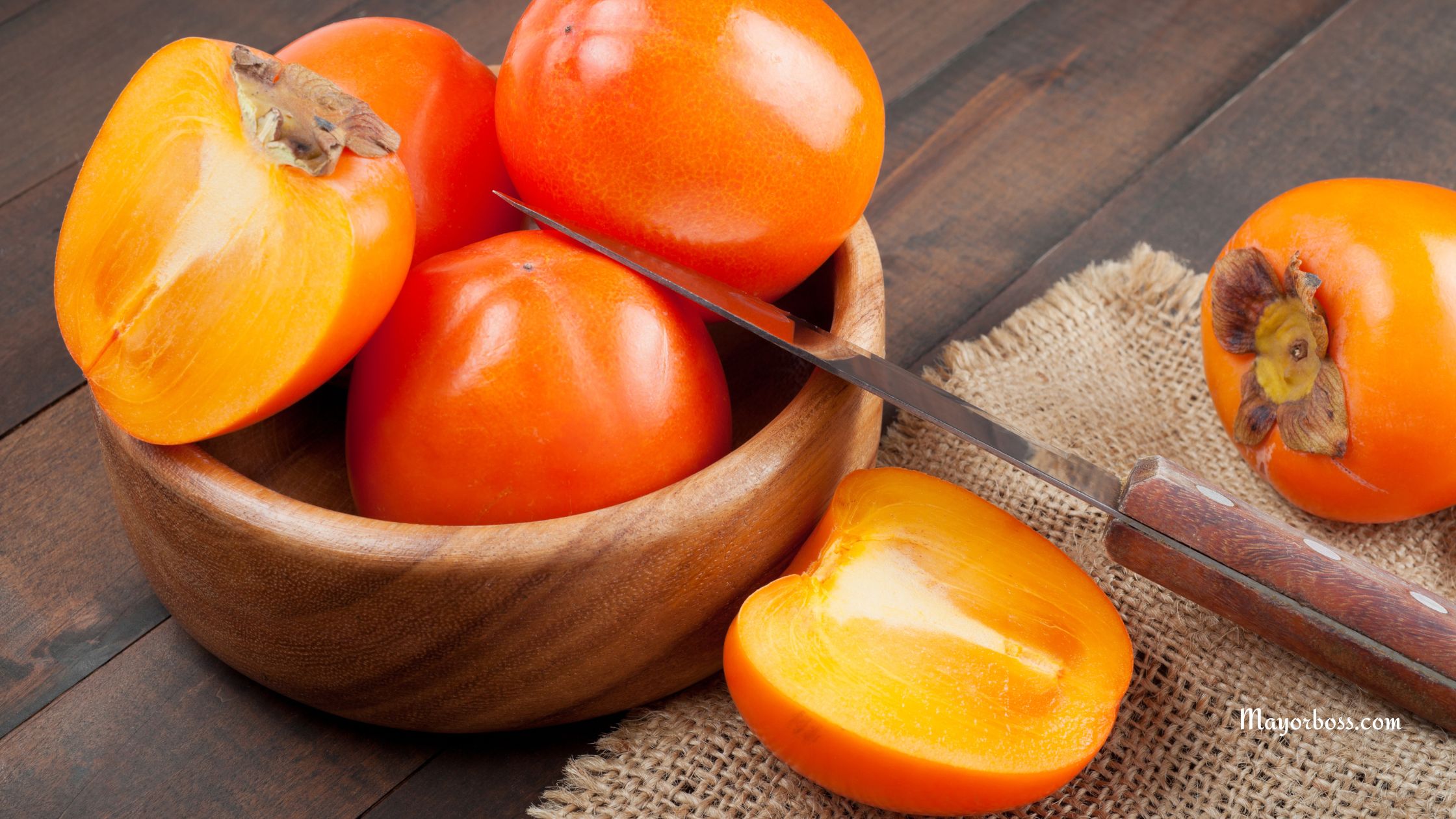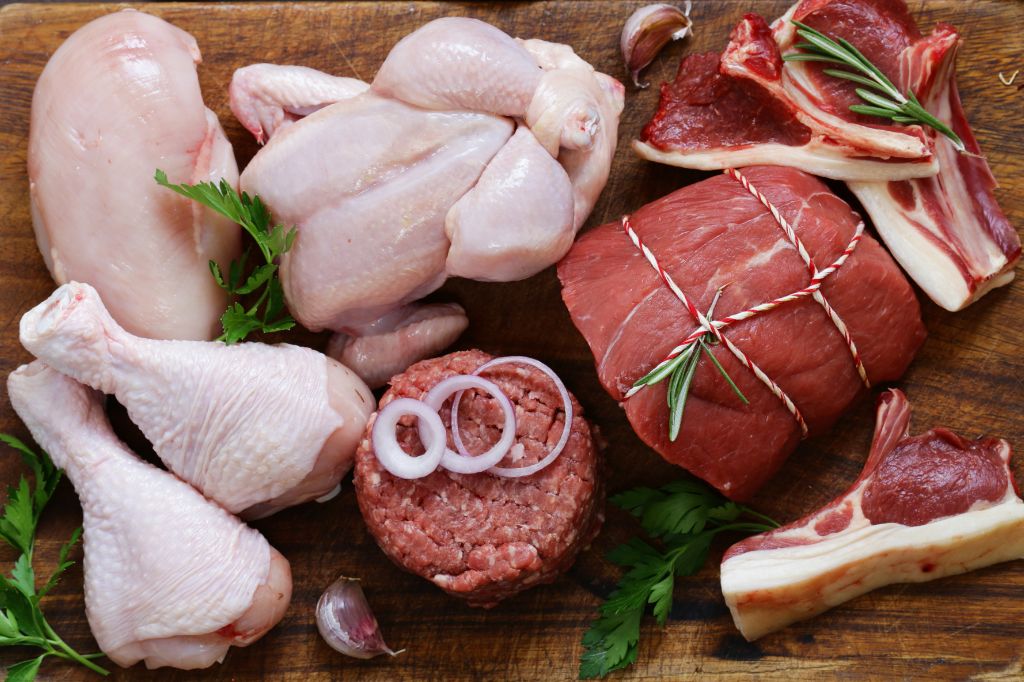How to Eat Persimmons Properly – With or Without Skin
Persimmons are a sweet and tasty fruit that you can enjoy as a snack or part of a meal. They are full of healthy nutrients like vitamin A, vitamin C, fiber, and antioxidants. But many people aren’t sure how to eat them. Should you eat the skin or peel it off? Keep reading to find out the best way to enjoy persimmons.

It’s Important to Know the Two Main Types of Persimmons
Before you decide whether to eat the skin, you should know there are two main types of persimmons: astringent and non-astringent. The type you have will change how you handle the skin and fruit.
Astringent Persimmons Are Best When Soft
Astringent persimmons, like the Hachiya, are full of tannins. Tannins can make the fruit taste dry and bitter if it isn’t ripe. These persimmons are best when they are very soft, almost jelly-like. When ripe, the skin becomes very thin, and you can eat it along with the inside if you like.
Non-Astringent Persimmons Can Be Eaten Firm or Soft
Non-astringent persimmons, like the Fuyu, have fewer tannins and taste sweet even when they are firm. Their skin is smooth and edible, much like an apple. Most people eat these persimmons whole without peeling them.
How to Eat Persimmons Without Peeling the Skin
Eating persimmons with the skin on is safe and healthy since the skin is full of fiber and nutrients. Here’s how to do it:
- Wash thoroughly: Persimmons might have a waxy coating or pesticide residue. Wash them under cold running water and use a soft brush to clean the skin.
- Eat or slice: If you have a Fuyu persimmon, you can bite into it like an apple or slice it into pieces.
- For soft persimmons: With ripe Hachiya persimmons, use a spoon to scoop out the soft insides with the skin for a complete treat.
Why Some People Prefer to Peel Persimmons
Some people don’t like the texture of persimmon skin, so they peel it. Here’s how to peel persimmons:
- Peeling firm persimmons: Use a vegetable peeler or knife to remove the skin from a Fuyu persimmon before slicing.
- Peeling soft persimmons: If you have a ripe Hachiya, you can often pull the skin off with your fingers.
- For cooking: Peeling the skin can make recipes smoother, like when using persimmons in desserts or sauces.
Simple Tips for Choosing and Storing Persimmons
- Pick good ones: Look for persimmons with smooth, shiny skin and no cracks or bruises. Astringent types should feel soft, while non-astringent ones can be a bit firm.
- Store properly: Keep unripe persimmons at room temperature. Once they ripen, store them in the fridge and eat them within a few days.
- Freeze for later: To save persimmons, freeze them. Wash, peel (if you want), and slice them before freezing for smoothies or baking.
Eating the Skin Adds Extra Nutrition
In general, persimmon skin has a lot of fiber, which helps with digestion and makes you feel full. It also has antioxidants that may help with inflammation and overall health. If you eat the skin, you get more nutrients from the fruit.
Easy and Fun Ways to Eat Persimmons
You can enjoy persimmons in many ways:
- Eat raw: Slice them up and eat them plain or add them to a fruit salad.
- Bake with them: Use pureed persimmons in muffins, cakes, or bread for a sweet flavor.
- Blend in smoothies: Mix ripe persimmons with yogurt, milk, and a little cinnamon for a creamy drink.
- Add to savory dishes: Put sliced persimmons in salads with arugula, goat cheese, and nuts for a refreshing dish.
The Bottom Line
Whether you eat persimmons with or without the skin is up to you. Both ways are safe and delicious. Non-astringent types like Fuyu are often eaten with the skin, while ripe Hachiya persimmons can be eaten with or without their delicate skin.






